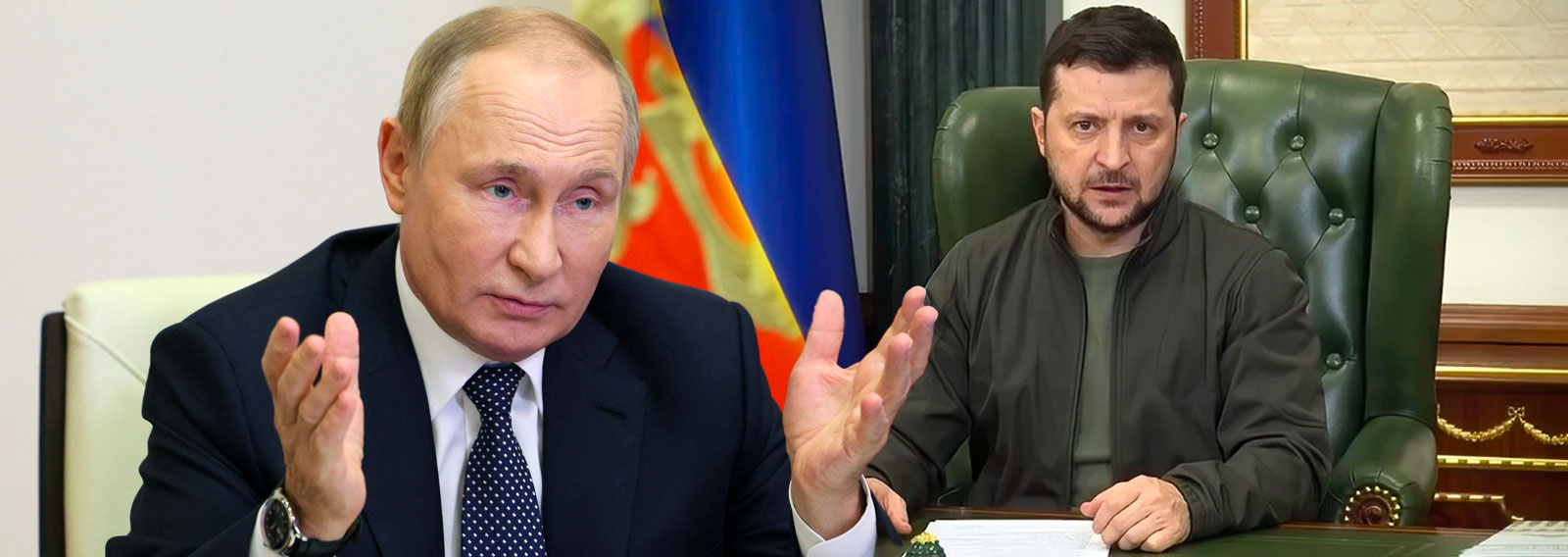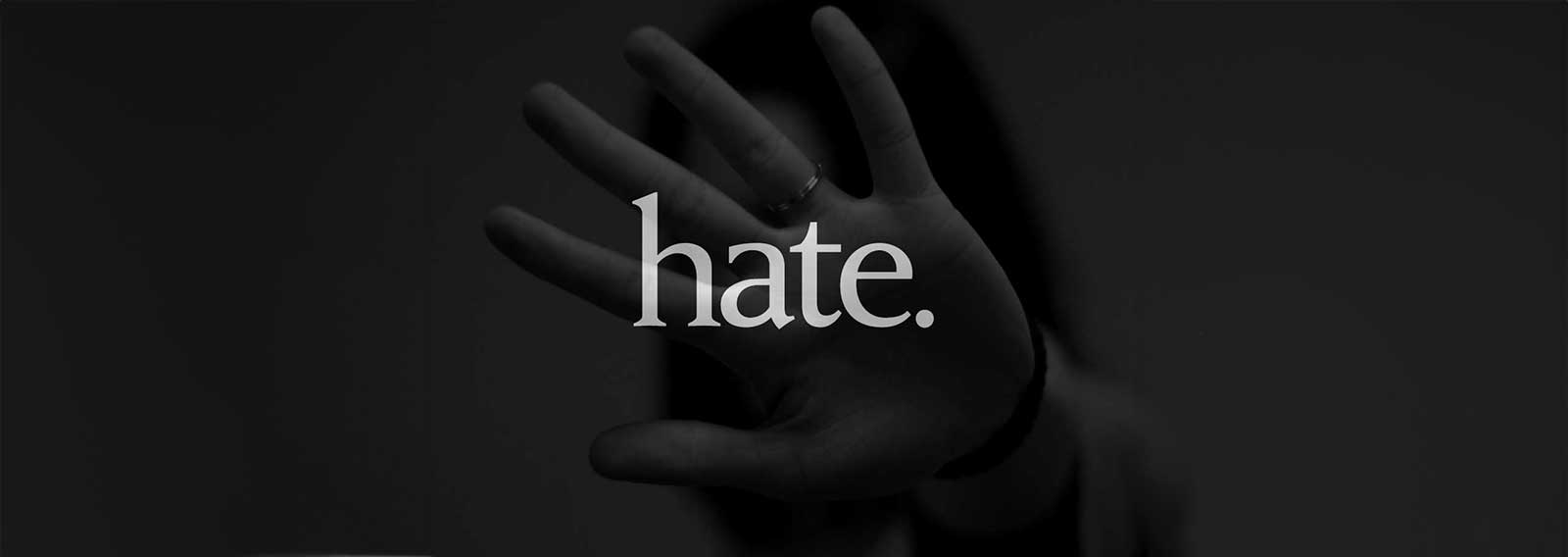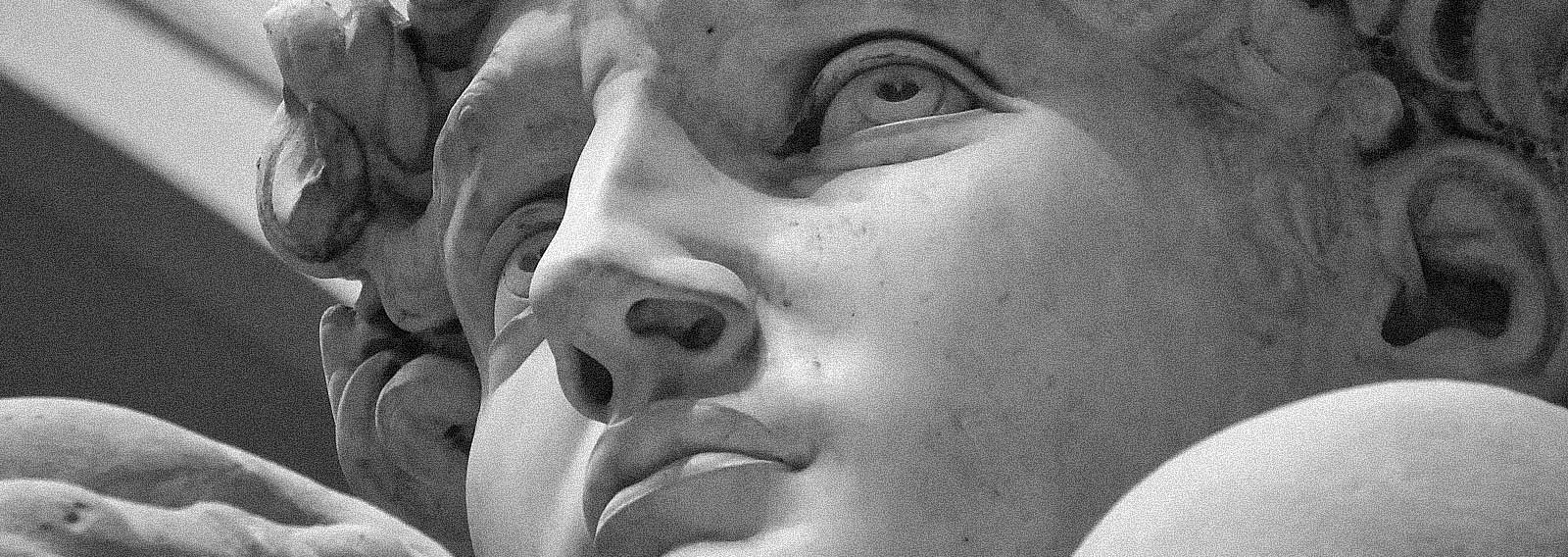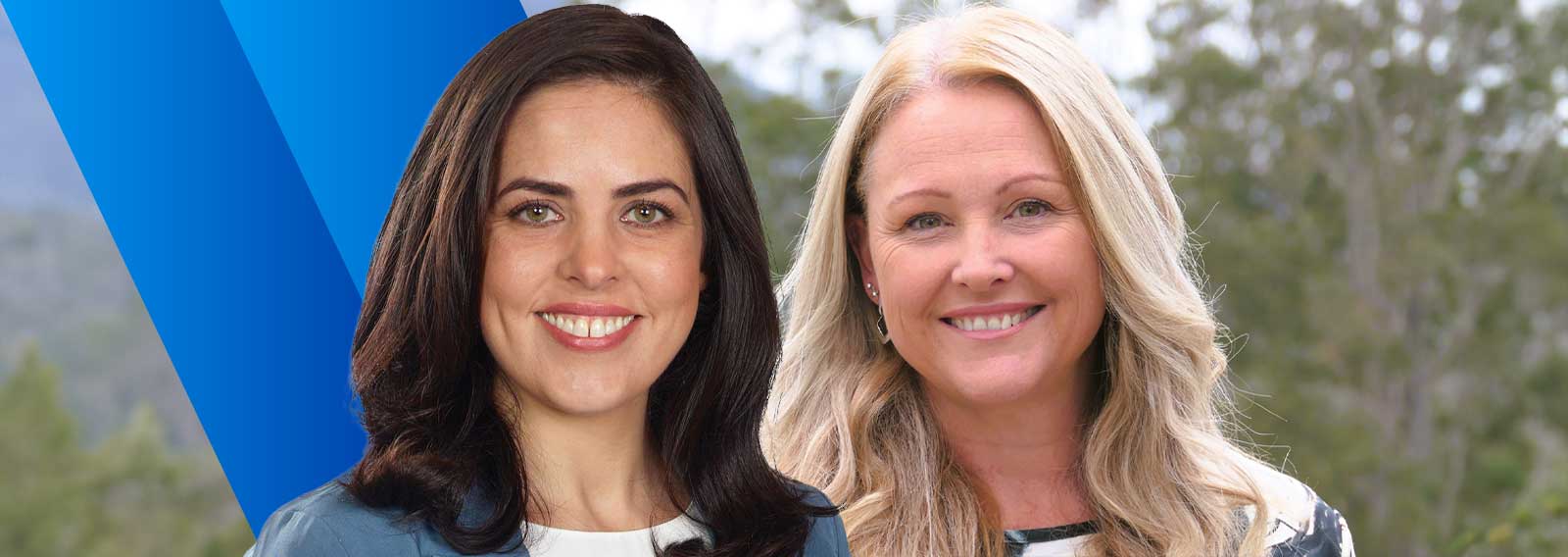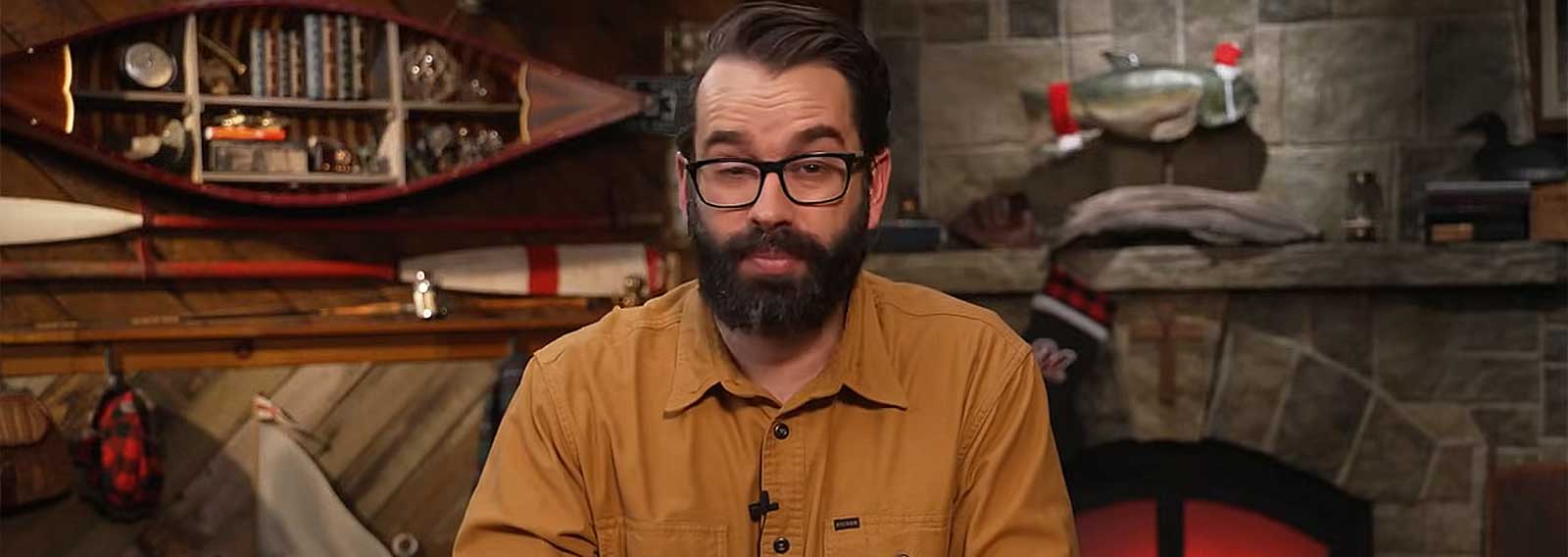The rationale for the creation by the U.S. of the North Atlantic Treaty Organisation (NATO) was that it would be a defensive alliance necessary to stop the former Soviet Union from invading Western Europe. However, when the Soviet Union collapsed in the late 1980s, if its claims were entirely truthful, then this organization would have been dismantled, its purported purpose now moot.
Instead, since the mid-1990s successive U.S. administrations have regularly pushed for NATO expansion in Eastern Europe.[1] In 1999, the Czech Republic, Hungary and Poland were granted NATO membership. Five years later, Bulgaria, Romania, Latvia, Lithuania and Estonia also joined the Alliance. Then, in an April 2008 summit in Bucharest, NATO considered admitting Georgia and Ukraine, which the Russians maintained would represent a “direct threat” to their national security.[2]
The Russians saw this as a betrayal of a promise made by the U.S. government on the collapse of the Berlin Wall that NATO would never advance “even one inch to the east”.
Ukraine is now a “close partner” and NATO reports providing “unprecedented levels” of military support to its government.[3] Furthermore, NATO claims, on its website, that “its Article 5 security guarantee and its ironclad promise of collective defence provides Allies with the confidence that they can send weapons to Ukraine without their own security”.[4] Article 5 in NATO’s founding document states that any armed attack against any member of the alliance “shall be considered an attack against them all”.
NATO also says that its member countries are presently “sending weapons, ammunition and many types of light and heavy military equipment, including anti-tank and anti-air systems, howitzers and drones. To date, NATO member countries have provided billions of euros’ worth of military equipment to Ukraine”.[5] Since 2014, NATO continues, the organisation “has helped to reform Ukraine’s armed forces and defence institutions, including with equipment and financial support. Allies have also provided training for tens of thousands of Ukrainian troops [and] Ukrainian forces have also developed their capabilities by participation in NATO exercises and operations”.[6]
In this context, Serbia, another Eastern European nation, has been under enormous pressure from NATO to impose sanctions against Russia, which is among the world’s countries that have not recognised Kosovo, occupied by NATO in 1999, and proclaimed a state in 2008 with U.S. backing.[7] In a recent interview with Serbian broadcaster RTS, Serbia’s President Aleksandar Vucic warned that the conflict in Ukraine could be approaching a “major war”. “I assume that from the phase of a special military operation we are approaching a major war, and now the question is where are the borders and whether we will go after some time, maybe in a month or two, into a major world conflict the likes of which we haven’t had since World War II,” he said.[8]
The U.S. government has over the years created justification for wars when the international law does not authorize them, as with the bombing of Serbia, Russia’s closest Balkan ally, in 1999. Curiously, there are some parallels between the ongoing conflict in Ukraine and what happened in Serbia in the late 1990s. This present crisis in Ukraine is primarily the result of an attempt by the U.S. government to pull another Eastern European country decisively into its orbit and defence structure, via NATO membership/partnership and an explicitly anti-Moscow E.U. association agreement.[9]
The first of more aggressive NATO unilateral interventions in that region, without U.N. backing, occurred in the war for independence of Kosovo against Serbia, in 1999. Since that war was illegal under international law, having not been authorised by the U.N. Security Council, western leaders spoke about the “innovatory quality” of that war. In order to justify the illegal war, Tony Blair, the then UK Prime Minister, contended on the occasion that globalisation would have “transformed our economies and our working practices. But globalisation is not just economic. It is also a political and security phenomenon”.[10]
In February 1999, NATO issued an ultimatum to Belgrave, demanding total autonomy for Kosovo and the right for its troops to occupy the entire territory of former Yugoslavia. It was an absurd demand that was intended to force the Serbs to reject it, as they did on 23 March 1999, and three days later NATO bombing began. To justify that bombing, western leaders then claimed that a “racial genocide” was happening in Kosovo.[11] That claim was false because “the total death toll turned out to be about 500, not including the several hundred Serbian and Albanian civilians whom NATO had killed with its bombs”.[12]
According to John Laughland, an English political theorist, “just as millions had died for Bolshevism, many tens of thousands of lives were sacrificed to the West’s determination to see the post-modern and post-national constructivist project of Bosnian state-building succeed” [13] Opposed to the project of creating an independent Bosnia, “the Serbs represented an apparently reactionary and atavistic national force, and existential threat to the new European ideology”.[14] As Laughland points out,
“Bosnia had never in history existed as a state. Its Serbian population (42 per cent) never wanted to secede from Yugoslavia in the first place, and the manner in which the various votes on independence were taken was brazenly illegal and corrupt, effectively a coup d’état. The vote on the independence referendum was taken in the parliament at 3 o’clock in the morning, after the Bosnian Serb delegates had been told to go home, while the Islamist president, Alija Izetbegovic, remained in power even though his term in office had expired.”[15]
The post-war international system created after World War II was based on the “Nuremberg principles” of peaceful resolution of conflicts and equality of sovereign states. However, the invasion of Serbia by the U.S. and its allies was intended to overthrow these principles of international law.[16] Of course, the war in Kosovo was waged in support of its Muslim population which was said to be suffering persecution at the hands of the Serbian authorities. To do battle with them, NATO formed an alliance with the Kosovo Liberation Army (KLA), a radical paramilitary group which was heavily involved with drug- and people-smuggling and had its roots in the Maoist regime of Enver Hoxha in neighbouring Albania. According to Laughland,
“The KLA was heavily armed and ruthless. It had over ten thousand men under arms. It received money, weapons, and training from the Americans … as even the Prosecution counsel, Geoffrey Nice, was himself later to admit during the Milosevic trial. The KLA was courted by Western leaders rather as the Contras had been in Nicaragua in the 1980s, and glamorized even more so. Madeleine Albright famously kissed the KLA leader, Hashim Thaci, who later became prime minister of Kosovo in 2007.”[17]
Perceiving a natural parallel between the situation in Ukraine and NATO’s intervention in Serbia, in 1999, at the end of February 2014 Russian military forces occupied the Crimea after the pro-Russian president of Ukraine, Victor Yanukovych, was unconstitutionally removed from office in February 2014 in a U.S.-backed coup d’état.[18] The next day, Russia’s President Vladimir Putin complained about the illegal overthrow of a democratically elected leader. He rightly questioned the constitutionality of the process at his press conference on March 4, 2014:
“There are three ways of removing a President under Ukrainian law [there are four ways mentioned in Article 108 of the Ukrainian constitution]: one is his death, the other is when he personally steps down, and the third is impeachment. The latter is a well-deliberated constitutional norm. It has to involve the Constitutional Court, the Supreme Court and the Rada [the unicameral parliament of Ukraine]. This is a complicated and lengthy procedure. It was not carried out. Therefore, from a legal perspective this is an undisputed fact”.[19]
When the U.S.-backed coup succeeded in expelling Ukraine’s elected president, the Russians almost immediately retaliated by annexing the Crimea, in March 2014, but only after a popular referendum that was not recognized by the U.S. and its western allies. Crimeans, who mostly speak Russian, voted overwhelmingly to join the Russian Federation in a referendum in which 97 per cent of the people voted for reunion with Russia.[20] Writing for the American Conservative, foreign policy expert Dominick Sansone comments:
“The move into Crimea came as a response, to secure Russia’s key naval interests in the warm-water port at Sevastopol. The coinciding uprisings in the Donbas were additionally a response to the situation in Kiev … The official position of the Kremlin has subsequently been that these ethnically Russian citizens should not be forced to live under the rule of an illegitimate rebel group that illegally came to power by overthrowing the duly elected government”.[21]
Arguably, the consequences of that U.S.-backed coup in 2014 should be blamed, at least in part, for Russia’s military invasion of Ukraine. “With regards to Ukraine”, writes John J. Mearsheimer, professor of political science and international relations at the University of Chicago,
“It’s very important to understand that, up until 2014, we did not envision NATO expansion and E.U. expansion as a policy that was aimed at containing Russia. Nobody seriously thought that Russia was a threat before February 22, 2014. What happened is that this major crisis broke out, and we had to assign blame, and of course we were never going to blame ourselves. We were going to blame the Russians so we invented this story that Russia was bent on aggression in Eastern Europe”.[22]
Be that as it may, after the occupation of Crimea with the support of its population, NATO gave more than US$ 3 billion in military aid to the present Ukrainian regime, helping it to modernise its weaponry and train its troops in joint military exercises.[23] Of course, the Russians have the right to believe that such military support constitutes a “direct threat” to their national security.[24] The reality is that NATO’s eastward expansion in Eastern Europe, and especially across the Russian borders, has inevitably triggered the present war in Ukraine.[25]
To make it worse, the Zelensky regime in Ukraine has recently applied for NATO membership, although, as Rod Dreher correctly points out in The American Conservative, “there is no strategic benefit to the West in increasing the likelihood of NUCLEAR WAR WITH RUSSIA” (emphasis his).[26] Apparently, the same military complex which got us into disastrous incursions in Iraq and Afghanistan has now gotten us into an even bigger mess in Ukraine. Let’s hope and pray the result is not another World War.
Augusto Zimmermann is professor and head of Law at the Sheridan Institute of Higher Education, in Perth/WA, and served as a Law Reform Commissioner in Western Australia. He is also President of the Western Australian Legal Theory Association (WALTA) and Editor-in-Chief of The Western Australian Jurist law journal.
[1] John J. Mearsheimer, ‘Why the Ukraine Crisis Is the West’s Fault’, Foreign Affairs, September/October 2014, 2.
[2] John J. Mearsheimer, ‘Why the Ukraine Crisis Is the West’s Fault’, Foreign Affairs, September/October 2014, 3.
[3] ‘NATO’s response to Russia’s invasion of Ukraine’, North Atlantic Treaty Organisation (NATO), 23 September 2022, at https://www.nato.int/cps/en/natohq/topics_192648.htm
[4] ‘NATO’s response to Russia’s invasion of Ukraine’, North Atlantic Treaty Organisation (NATO), 23 September 2022, at https://www.nato.int/cps/en/natohq/topics_192648.htm
[5] ‘NATO’s response to Russia’s invasion of Ukraine’, North Atlantic Treaty Organisation (NATO), 23 September 2022, at https://www.nato.int/cps/en/natohq/topics_192648.htm
[6] ‘NATO’s response to Russia’s invasion of Ukraine’, North Atlantic Treaty Organisation (NATO), 23 September 2022, at https://www.nato.int/cps/en/natohq/topics_192648.htm
[7] Serbian leader warns of imminent global war’, RT News, September 20, 2022, at https://www.rt.com/news/563203-serbia-global-war-gloom/
[8] Mustafa Talha Ozturk, ‘Serbian President Warns of Looming Threat of Global Conflict like WWII’, Anadulu Agency, at https://www.aa.com.tr/en/russia-ukraine-war/serbian-president-warns-of-looming-threat-of-global-conflict-like-wwii/2690322
[9] Seumas Milne, ‘It’s not Russia that’s pushed Ukraine to the brink of war’, The Guardian, May 1, 2022, at https://www.theguardian.com/commentisfree/2014/apr/30/russia-ukraine-war-kiev-conflict
[10] John Laughland, A History of Political Trials: From Charles I to Saddam Hussein (Peter Long, 2008) 222
[11] John Laughland, A History of Political Trials: From Charles I to Saddam Hussein (Peter Long, 2008) 223.
[12] John Laughland, A History of Political Trials: From Charles I to Saddam Hussein (Peter Long, 2008) 223.
[13] John Laughland, A History of Political Trials: From Charles I to Saddam Hussein (Peter Long, 2008) 227
[14] John Laughland, A History of Political Trials: From Charles I to Saddam Hussein (Peter Long, 2008) 227
[15] John Laughland, A History of Political Trials: From Charles I to Saddam Hussein (Peter Long, 2008) 221 and 224
[16] John Laughland, A History of Political Trials: From Charles I to Saddam Hussein (Peter Long, 2008) 221
[17] John Laughland, A History of Political Trials: From Charles I to Saddam Hussein (Peter Long, 2008) 223.
[18] ‘John McCain Tells Ukraine Protesters: ‘We are here to support your just cause’’, The Guardian, December 16, 2013, at https://www.theguardian.com/world/2013/dec/15/john-mccain-ukraine-protests-support-just-cause
[19] David Morrison, ‘How William Hague Deceived the House of Commons on Ukraine’, Huffpost, May 9, 2014, at https://www.huffingtonpost.co.uk/david-morrison/ukraine-willliam-hague_b_4933177.html
[20] Orlando Figes, The Story of Russia (Bloomsbury Publishing, 2022) 291.
[21] Dominick Sansone, ‘How We Got Here: Ukraine’, The American Conservative, March 5, 2022, at https://www.theamericanconservative.com/articles/how-we-got-here-ukraine/.
[22] Isaac Chotiner, ‘Why John Mearsheimer Blames the U.S. for the Crisis in Ukraine’, The New Yorker, March 1, 2022, at https://www.newyorker.com/news/q-and-a/why-john-mearsheimer-blames-the-us-for-the-crisis-in-ukraine
[23] Orlando Figes, The Story of Russia (Bloomsbury Publishing, 2022) 293.
[24] John J. Mearsheimer, ‘Why the Ukraine Crisis Is the West’s Fault’, Foreign Affairs, September/October 2014, 3.
[25] Seumas Milne, ‘It’s not Russia that’s pushed Ukraine to the brink of war’, The Guardian, May 1, 2022, at https://www.theguardian.com/commentisfree/2014/apr/30/russia-ukraine-war-kiev-conflict
[26] Rod Dreher, ‘Goida! Russia’s Holy War’, The American Conservative, October 1, 2022, at https://www.theamericanconservative.com/goida-russias-holy-war/



